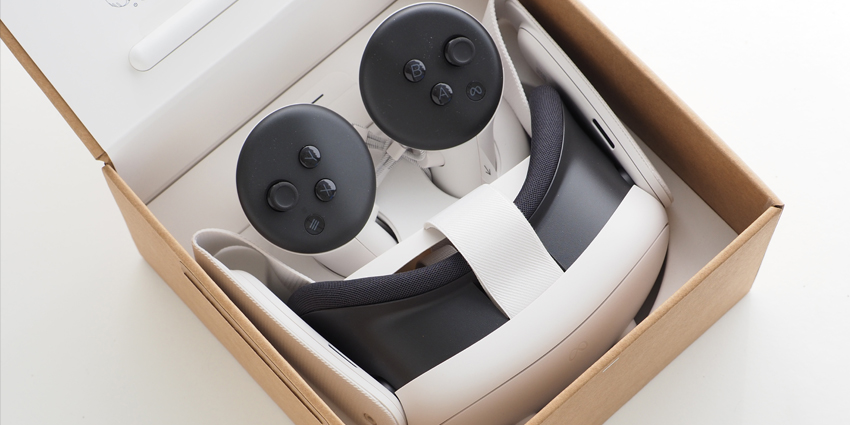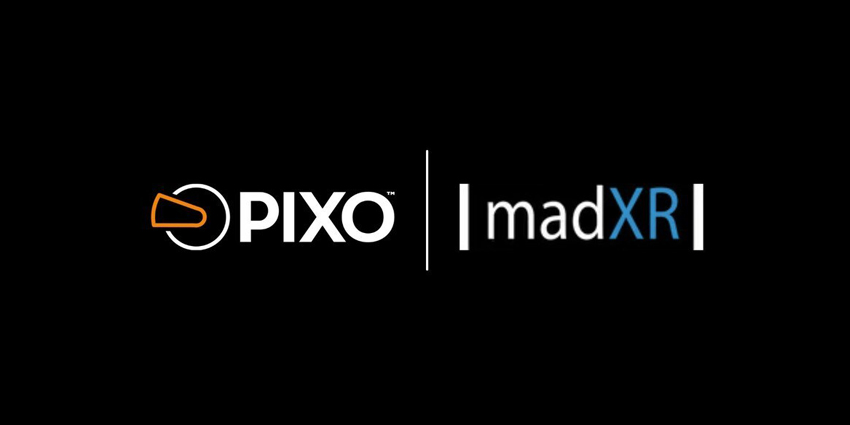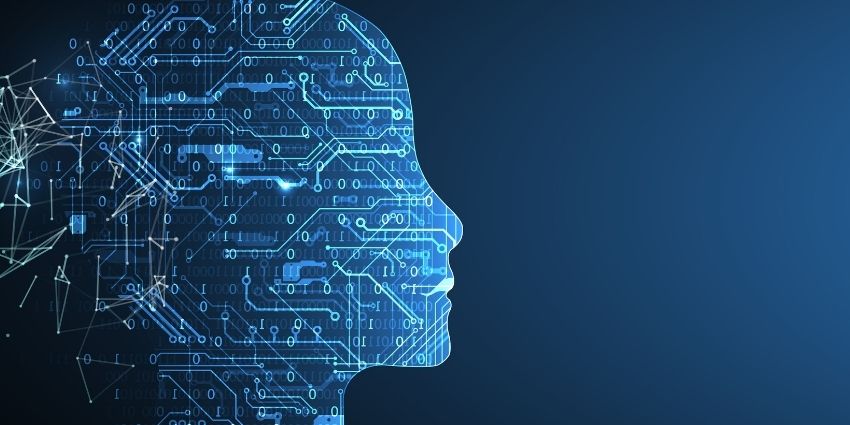Industry 4.0 is a concept manufacturing companies, and industrial brands have been discussing for several years now. The digitisation of manufacturing, construction, and product development is accelerating at an incredible pace. More than ever, we’re embracing disruptive tools to help us create everything from robotic machines, to drones, satellites, cars, and more.
Industry 4.0 represents the next stage in our digital evolution – one defined by concepts like artificial intelligence, the Internet of Things, and Robotic Process Automation. This concept also marks a significant step forward from the days of steam-powered devices and the first industrial revolution.
Lately, the rise of Industry 4.0 has been earning more focus, partially due to the pandemic of 2020, and the demand for companies to unlock innovation through improved relationships between devices and people. Virtual Reality is just one of the many concepts now appearing in the Industrial landscape for this new adventure into Industry 4.0.
Bringing Virtual Reality into Industry 4.0
In the context of Industry 4.0, virtual reality, and other aspects of the extended reality spectrum, represent new opportunities for the training of professionals, the control of machines, and even the design of industrial products. Like most of the disruptive concepts in Industry 4.0, virtual reality promises to make the industrial landscape more efficient and effective through the use of powerful technology in complex production processes.
For years, most conversations about Industry 4.0 have revolved around the impact that the Internet of Things, automation, and artificial intelligence can have on the sector. However, in the last couple of years – particularly following the pandemic, the focus on VR has begun to increase. Today, companies from all industries are beginning to discover the power of virtual reality for bringing teams together, simplifying processes, and providing professionals with access to valuable data.
Immersive virtual reality experiences are quickly demonstrating their potential in multiple areas, including:
- Industrial training and employee safety
- Product development
- Factory management and inspection
- Conferences and collaboration
VR in Industrial Training
One of the most tactical benefits of VR in industry 4.0 comes in the ability to train employees in using various complex machines and systems in an immersive environment. Most industrial landscapes require professionals to work with complex machinery regularly. Using this equipment without the right training significantly increases the risk of workplace accidents and injuries.
VR training has the potential to deliver 70% more effective skill retention than traditional classroom-based training. Companies can create virtual versions of environments to immerse their employees within, for realistic hands-on learning. In these environments, professionals can gain knowledge and motor skills, without being at risk of any immediate dangers.
VR in industrial training can even teach people in the industrial landscape to perform tasks more safely and effectively, reducing the risk for the entire industry.
VR in Industrial Design
Product design is another major area where VR has the potential to transform Industry 4.0. For years, industrial employees have invested in concepts like CAD and BIM programs to help them in constructing ever-more complex designs. However, the restrictions of these software solutions are often evident, preventing professionals from unlocking their true potential.
VR, on the other hand, could have a huge impact on industrial design, by allowing experts to build full 3D models in a world of their own. In VR environments, teams can work together to experiment with new ideas and materials and even put blueprints or prototypes to the test in safe spaces.
People creating new products and experimenting with different ideas in the virtual reality world don’t have to worry about making a mistake that would render a prototype useless or wasting valuable resources. It’s easy to create new designs and explore concepts at speed, which allows for a much more agile development process. Teams can even work together with other specialists from around the world in a shared building space, then demo prototypes to shareholders in VR.
Conferences and Collaboration
A major part of the industrial landscape is constant learning, innovation, and discovery. To continue building the best possible cars, the companies in the automotive industry host events and conferences on a yearly basis, complete with keynote speeches and learning opportunities for the people who visit. These conferences aren’t just a source of inspiration, they’re also where partnerships and communities are built for the future of the industry.
In 2020, many events were cancelled due to the pandemic, and as a result, much of the creativity in the industrial environment began to suffer. People in this space need the opportunity to discuss ideas with their peers and explore new concepts in a dedicated environment. VR will bring this opportunity back to the industrial space. In the future, VR events will open the door to a much greater level of attendance, allowing people to interact and learn about new ideas wherever they are in the world.
As teams come together on concepts and create partnerships to unlock new innovation, VR will also be available to bring these specialists together in an adaptable environment, where everyone can explore new ideas at a pace that suits them.
VR in Factory Planning and Inspection
Virtual Reality in Industry 4.0 also has potential to offer for things like factory planning. When building a new plant or revamping a new one for efficiency and sustainability purposes, immense efforts are required. Companies spend a long-time designing plant and factory concepts, testing potential productivity options, and running trials. Virtual plants and factory planning environments can help in these environments.
Industrial companies can use VR to build entire blueprints of efficient factories, and how spaces should be designed to generate the best results. The entire plant can be designed from scratch, and changes can be made on an ad-hoc basis. Companies can also use the VR environment to create digital twins of factories and make it easier to perform safety checks and routine inspections with trained experts.
In the future of Industry 4.0, VR solutions will allow specialists to check the performance of tools and machines without even having to walk the factory floor in person.
The possibilities of VR in Industry 4.0 are still being discovered. However most experts agree that VR will have a huge role to play in the way our industrial environments work.







